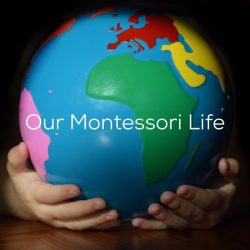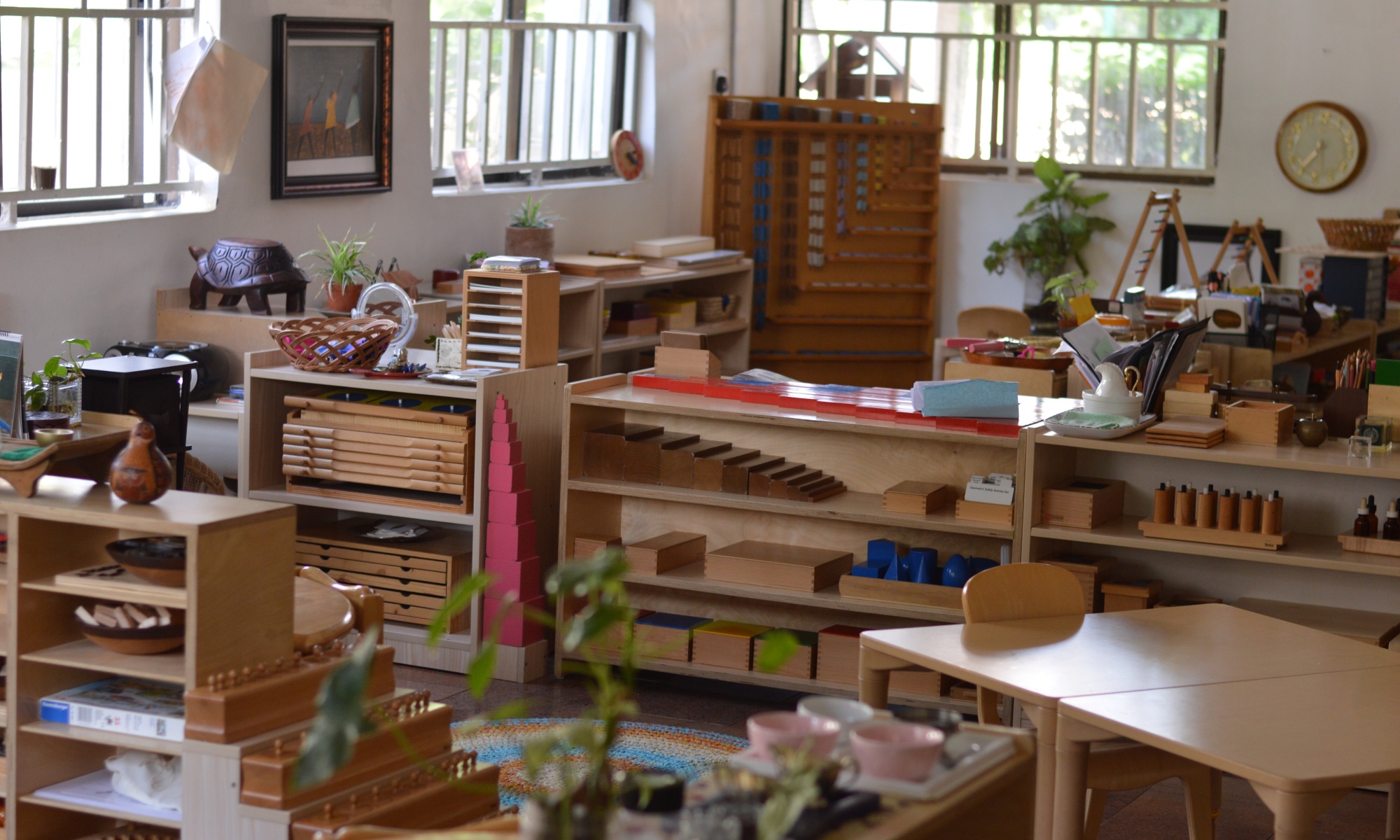“The exercises of practical life are formative activities, a work of adaptation to the environment. Such adaptation to the environment and efficient functioning therein is the very essence of a useful education.” – Maria Montessori
Like most around the Earth, we are in a holding pattern: No school, no work, no in person social interactions and with all of that no typical day. And so although this can be a scary time, allowing for our natural family rhythm to find its footing and then letting it guide our days has meant some peaceful moments and also some relfection.

Breakfast is over an hour after it normally would be (we get up REALLY early for school), but we still all make a healthy meal, and sit together. We have found that some Practical Life/Cultural activities that are child led but with adult participation help get the morning started. Focusing on his interests instead of prescribed or adult centred learning outcomes sets us up for a much better day. Sometimes he decides to open an ice cream shop, sometimes he decides to help with the household laundry and sometimes he chooses to study the animals of Australia. Most lately he has been helping to renovate his workspace, laying new flooring and painting his chosen colour of a soft lemony yellow (called Frozen Banana).

Whatever it is, we let it flow at his pace, offer help to set up materials (much more effective for us in the morning than leaving it solely to him) and above all, follow his lead.
We usually bake when it’s closer to lunch. Baking simple recipes usually breads like these cheese and herb biscuits that I’ve been baking since I was a child, brings us together in the kitchen.

It’s usually at this point that he will decide to take some time for independent play. This has been the biggest difference. He is a child that has played for hours on end by himself since he was a little toddler exploring his toddler shelves. He has chosen to stay closer to us lately and we have folded that in as much as we can without drawing specific attention to it.

We make a point of setting the table for lunch and putting some music on. Something instrumental and in the background. It is a slowing down part of the day for us. Sometimes we talk or sometimes we just eat silently listening to the music. Sometimes not saying anything is important too.

After lunch (or often before if the day calls for it) we get into our gardens. Working in the earth is such a sensorial necessity for so many children. Caring for small seeds and tender baby shoots gives us a chance to look forward to something. A little long lasting project that isn’t expensive and is easily doable even if it’s just a few lettuce seeds in an old soup can on the window sill.
We plan to have some “rest time” time in the afternoon. Some space where we are available but where time alone can allow for big feelings to come out. Most often that looks like us all curling up with a good book, but sometimes it looks like Quentin actually falling asleep. He is almost 8 years old but forever a preemie. He curls up with a book and a blanket and listens to his body. Sometimes that’s on the couch with his kittens and sometimes that’s outside on a blanket in the backyard with his big brother.


In the late afternoon he will usually return to playing by himself, often with LEGO or open ended material. This is when we try to schedule our business meetings, calls and emails. It doesn’t always work like this though and we do our best to be mindful of everyone in the house as we try to balance our professional commitments.
Then its dinner making and bedtime routines and our “not so normal” days catch up to our “normal” days at this point. Sometimes Quentin helps make dinner, sometimes he continues to play with his toys, sometimes he decides to make a craft or watch some media, or go play outside in the yard. Although there is a basic Grace and Courtesy foundation of “clean up what you got out” and “help others when you can” he has no set “chores”. After dinner, he has a bath or shower, gets ready for bed and we offer to read to him which he still loves and usually chooses or occasionally will opt for reading his novel independently.
This isn’t all of it and it doesn’t always go smoothly. He misses going out to the beaches and forests and even just to the library. He knows that his birthday is in just a few days and that there won’t be any friends or extended family to celebrate with. That’s hard when you are about to be 8.
Also mixed into the days are the video check ins and assignments required by his Montessori school although we are thankful that his school has seen the enlightened benefit in “Less is More”.

This came across our screens a few days ago and hit home quite hard.
We are doing what Maria Montessori implored us to do a hundred years ago:
“We see the figure of the child who stands before us with his arms held open, beckoning humanity to follow.”


























































